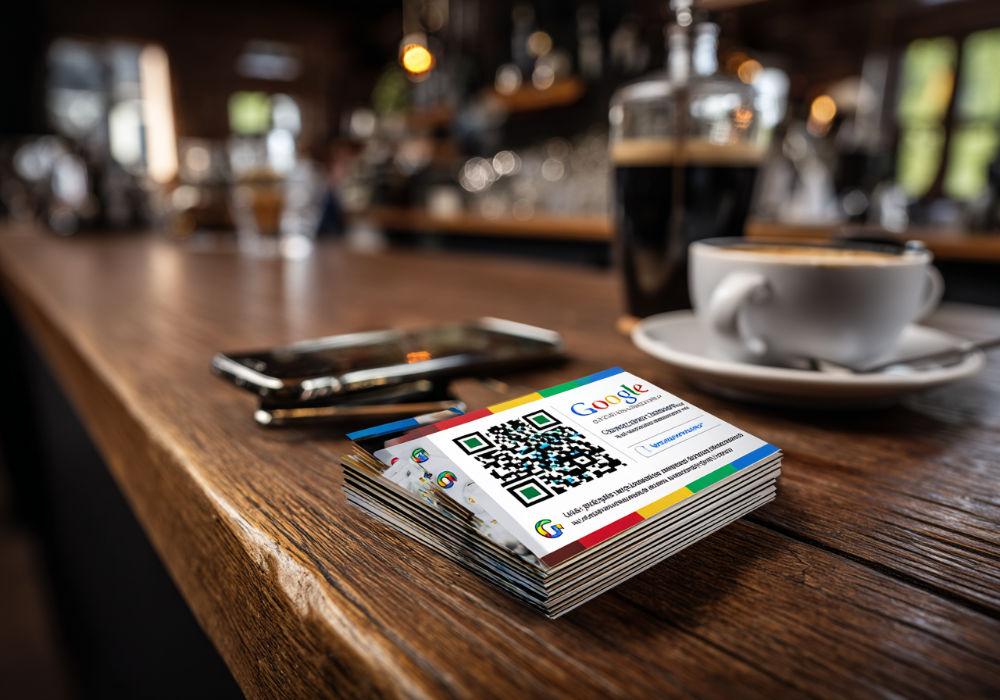Mastering Accessibility in Web Design and Development
How do I create a website that’s accessible to all users? Creating a website accessible to all users, including those with disabilities, is not merely beneficial—it’s essential. Ensuring your website accommodates all users enhances reach and offers equal access and opportunities. This comprehensive guide will outline strategies to ensure your website meets modern accessibility standards.
Understanding Website Accessibility
Website accessibility means designing and developing your website so everyone, including people with disabilities, can use it effectively. When you optimise your website for accessibility, you ensure that all users have equal access to information and functionalities. This practice involves accommodating a variety of disabilities, including visual, hearing, and motor impairments.
Implementing Accessible Design from the Start
The journey to a fully accessible website begins with its design. At this stage, you must ensure that the visual elements of your site are accessible to everyone. Consider the following critical design choices:
- Colour Contrast: Ensure high contrast between text and background colours to aid users with visual impairments.
- Resizable Text: Design your text so users can resize it up to 200% without functionality loss, catering to those with visual difficulties.
- Consistent Navigation: Maintain consistent and predictable navigation throughout your site to help users with cognitive disabilities.
Building with Accessibility in Mind
During the web development phase, you integrate accessibility features into the structure of your site. Adopt HTML coding practices that enhance accessibility:
- Semantic HTML: Always use HTML elements for their intended purposes. For example, deploy <button> tags for buttons to ensure proper function and accessibility.
- Alt Text for Images: Provide descriptive alternative text for all images. This description helps users who rely on screen readers or have poor vision understand what the photos depict.
- Aria Labels: Enhance accessibility for dynamic content and complex user interfaces with ARIA labels.
Testing for Accessibility
After building your site, it’s crucial to test its accessibility comprehensively. Use various tools and methods to evaluate accessibility:
- Automated Tools: Employ tools like WAVE, Axe, or Google’s Lighthouse for preliminary assessments.
- Manual Testing: Involve users with disabilities in testing to gain feedback on your site’s usability.
- Keyboard Navigation: Confirm that users can navigate your entire site using only a keyboard, which is a necessity for those who do not use a mouse.
Maintaining Accessibility
Web accessibility requires ongoing attention. Continuously update your content and technology to adhere to evolving accessibility standards. Regularly review new pages and content for accessibility to ensure they meet stringent standards.
Creating an accessible website demands diligent attention throughout the design, development, and maintenance stages. By embracing these strategies from the outset, regularly testing your website, and making necessary adjustments, you ensure that your site remains accessible to all users, fulfilling legal and ethical standards.




